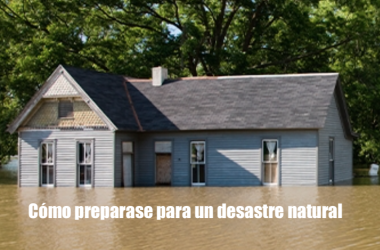WEIRTON, W.Va. — Welding instruction is on the upswing in the Ohio Valley.
West Virginia Northern Community College is searching for an instructor for its program, and Belmont College is beefing up its program by adapting a new curriculum this fall.
This surge is partly in response to the oil and gas industry and its steady need for pipeline welders.
“We’ve realized the need,” said Karri Mulhern, director of the welding program at Northern. “Just from discussions with industry people, we need to be teaching certified welders.”
The two-year program was started last fall, and Mulhern said Northern worked closely with industry and local secondary schools to develop a curriculum. Eventually they’ll work to provide “seamless transition” from local high schools into the program.
They’re starting from the ground up, as the school is teaching basic “stick welding” the first year and more advanced techniques in the second year. The program leaves them eligible to take a test to be certified by the American Welding Society.
“We had a very soft start,” Mulhern said. “We had several students last year. Some came from our other classes and other degree programs. But now we are starting to do some marketing for the program and grow the program, and we’re in the midst of hiring a full-time instructor.”
Belmont College’s welding program has existed since the 1970s, has 40 instructional welding booths and averages around 60 students per year. However, it’s shaking things up by adapting the Hobart Institute of Welding Technology curriculum this fall. It’s a curriculum set forth by the institute based in Troy, Ohio.
“If you’re in the industry and you have a Hobart welder …” said Program Director Dirk Decoy. “That person is as good as gold. We went out and bought Hobart’s homework assignments – their books, their exercises, their CDs that they show. Their classroom curriculum, we went out and bought it.”
Enrollment demographics are across the board, Decoy said. It ranges from kids right out of high school to laidoff Wheeling Pittsburgh Steel workers to laidoff Ormet and Murray Energy workers. Ten percent of them are women.
“Seven years ago when I started we had 20 students,” Decoy said. “And the most we’ve ever had was 75 in one year, and that was before anybody knew what a Marcellus or Utica was. So we were big before the oil and gas. But what oil and gas has done is help to sustain our increased enrollment. We had 12 weld booths seven years ago. Now we’ve got 40. So we’re quite a welding school.”
The two-year degree program teaches metallurgy as well as metal inert gas welding, which is used in automotive fabrication, “stick welding,” which is primarily used on the pipeline, and tungsten inert gas welding, which is used on softer metals like aluminum.
There also are shorter certificate programs available, Decoy said. Regardless of which track a student takes, it’s consistent time in the welding booth that makes for a good welder. But becoming AWS certified has its rewards he said.
“It’s a good career choice,” Decoy said. “It’s kind of flexible. You have welding fabrication where you can go down to Commercial Vehicle Group down in Shadyside. They make automotive panels. You can be a welder there, welding auto panels every day, or you can go out on the pipeline and work toward becoming a pipeline welder where you’re at a different section of pipeline everyday outside. So there’s some flexibility. With manufacturing there’s opportunities and with oil and gas there’s opportunities.”




